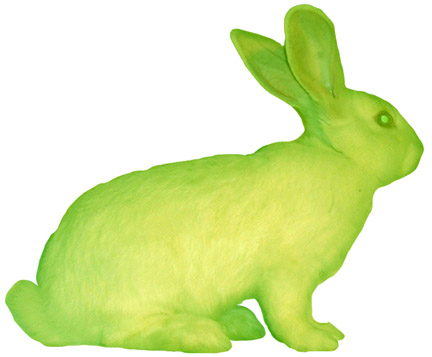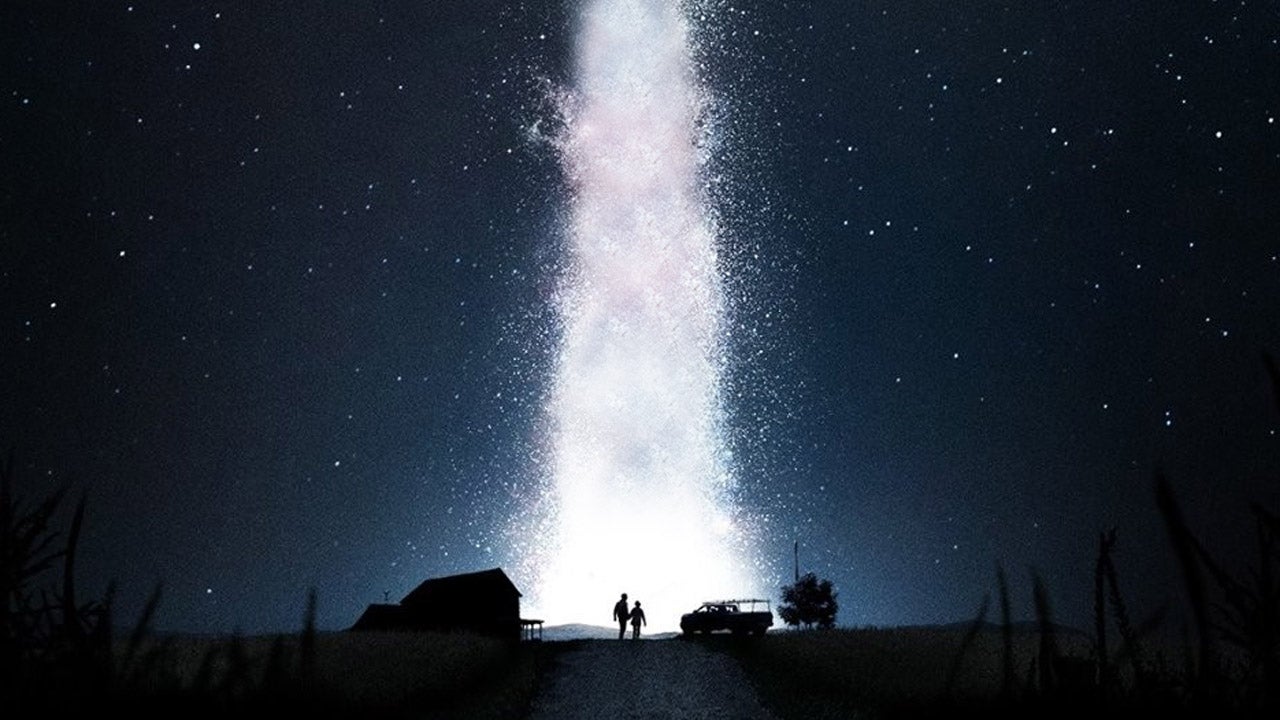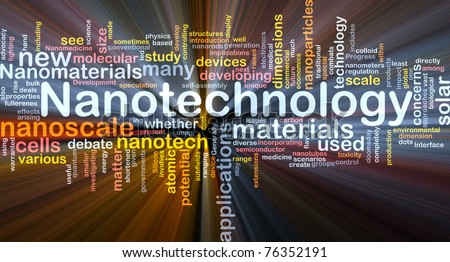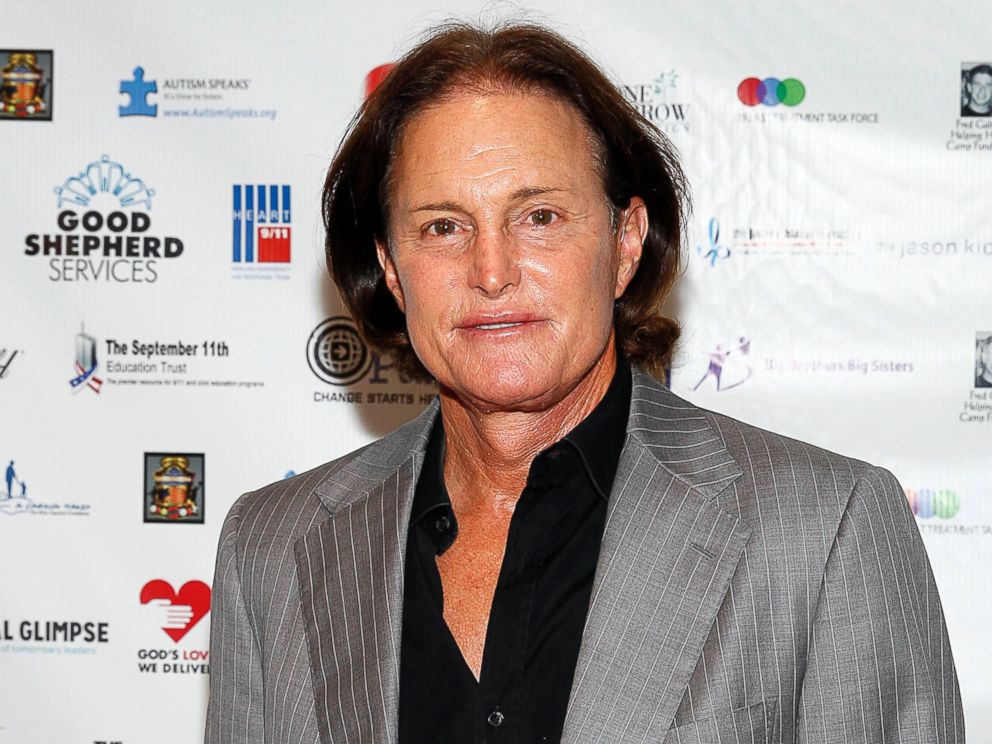My second event was visiting the Fowler Museum on the UCLA campus. I saw the Reflecting Culture exhibit for the Fowler Collection of Silver. It was a great experience viewing what the museum had to offer. This was my favorite of the few exhibits at the museum, so I will focus my event review on this one. The exhibit contained 251 different objects that were all the way from Europe, Britain, and the United States. The majority of the silver was in good condition, and considering the extremely old age of these objects, it's crazy how nice the presentation of the objects were. Many well-known silversmiths and jewelers such as Paul de Lamerie from Britain, Karl Faberge from Russia, and United States' Paul Revere. Something interesting to note is the various pieces of silver that can fully convey what societal events were occurring during this period of time. For example, the United States and Britain are separated by the Atlantic Ocean, but share many creative similarities in the silverware. In addition, some of the colonies that came from Britain significantly influenced the social culture of the United States. It can be determined that the silver portrayed the time period's social hierarchy. The wealthier citizens that had an economic advantage over those who had economic disadvantage was shown in the silverware they possessed. It was a socio-economic status quo that many rich people during this time period found desirable.
In conclusion, the exhibit does a great job of combining society and art. The art is a reflection of societal norms for the time period in which these commodities were desirable for economically well-off populations. It is important to use these clues to examine the past and backgrounds to which people lived. Prior to taking the class, I never thought I would gain this knowledge, but it is something that I can now relate to many historical contexts.
fordtimberlakedesma9
Thursday, June 11, 2015
Event 1 : Hammer Museum
For my first event, I went to the Hammer Museum to view the work of Charles Gaines groundwork that has been a developing style of art over the course of his career. It was a unique, yet great experience to analyze the work throughout the museum. This specific exhibit was my favorite because the gridwork integrated a numerical theme. For example, on one of his pieces he drew one through 9, in extremely small font about a centimeter in size, but numbers completely covering the whole canvas. It caught my attention because I am a big fan of numbers and the integration of numbers in artwork is rarely seen. Although it may seem as if the artwork has randomly placed numbers throughout, they eventually come together to create the resulting art piece. All of the colors created a visual experience that encompassed a forest-like scene. It was one of the most unique piece of art I have ever seen mainly because of the combination of mathematics and art. Although I am not the most talented artist, I would consider attempting to create something similar. Nonetheless, mathematics and art are of interest and I think I could mathematically create a drawing using a type of grid, then combine the color in the grid. I think I could take this up as a future hobby, and depending on my success with it, maybe pursue this as a career. Regardless, this exhibit was thought provoking art that created an inner fascination with this form of art, ultimately furthering my knowledge of art techniques.
Sunday, May 31, 2015
Week 9 : Space & Art
Humans are naturally curious creates that want to acquire knowledge that isn't already known. The topic we will be discussing this week deals with our desire to learn, and in this case, about space and the human's involvement. There are a number of ways astronomy and space is linked with humanity such as disguising seasonal patterns.
There are numerous television shows, films, and books that base their theme off of human involvement in space. For example Interstellar, Christopher Nolan's Academy Award winning movie, uses things such as blackholes and wormholes to draw the viewer's attention in due to their lack of knowledge on the topic. The filmmakers did their best during the filming process to make it as accurate as possible. Kip Thorne, a well-known astrophysicist and theorist, the production crew spent copious amounts of time trying to create an accurate space film. In doing so, they gained new knowledge about black holes (Rogers). They successfully produced a film with both art and science.
Curiosity is fuel for exploration in our world. In society, it is apparent that humans are enamored with patterns, especially in math and science. The Powers of Ten Blog makes long algorithms and number combinations much easier to interpret by incorporating them in topics such as Valentines Day and the Challenger Deep (Marlow). The "Challenger Deep" article investigates the depths of trenches. The author states that the Challenger Deep is about 11,030 meters deep. It is named the challenger after the HMS Challenger, which sounded the trench in 1875.
The curiosity within humans is what will drive us to explore sciences and arts in more detail.
References
"About | ARCTIC PERSPECTIVE INITIATIVE." About | ARCTIC PERSPECTIVE INITIATIVE. Arctic Perspective Initiative, n.d. Web. 01 June 2015.
"Awards." IMDb. IMDb.com, n.d. Web. 01 June 2015.
Cowen, Ron. "When the Sky Explained Everything - Issue 11: Light - Nautilus." Nautilus. Nautilus, 27 Mar. 2014. Web. 01 June 2015.
Eames Office LLC. Filmstrip Image. Digital image. Fast Co Design. Fast Co Design, 8 Oct. 2010. Web. 31 May 2015.
Holmes, Brian. "CODED UTOPIA." Continental Drift. Continental Drift, 27 Mar. 2007. Web. 01 June 2015.
"Interstellar." IMDb. IMDb.com, n.d. Web. 01 June 2015.
Levrier, Guy. "Leonardo Space Art Project Visioneers." Leonardo Space Art Project Visioneers. Leonardo, n.d. Web. 01 June 2015.
Marlow. "An Eames Office Website." Powers of Ten Blog. Wordpress, n.d. Web. 01 June 2015.
Rogers, Adam. "WRINKLES IN SPACETIME: The Warped Astrophysics of Interstellar." Wired.com. Conde Nast Digital, n.d. Web. 01 June 2015.
The 88 Star Constellations. Digital image. The 88 Star Constellations. Go Astronomy, n.d. Web. 31 May 2015.
Zeitz, Richard. Black hole scene. Digital image. Frontline Desk. Frontline Desk, 14 Feb. 2015. Web. 31 May 2015.
Sunday, May 24, 2015
Week 8 : Nanotech & Art
Nanotechnology is the future. Although most methodologies work in sciences, nano-science is an exception. We have to reevaluate how science is viewed and shift the previous conceptions or viewpoints. Nanotechnology in terms of social and economic values have the potential to change, as discussed in Dr. Gimzewski’s lecture.
Nanotechnology’s origins were derived from Richard Feynman who suggested that that we have potential to crate tiny things on the atomic scale, which could create new technologies that change the world. In addition, he discovered that altering the behavior of nanoscale objects could impact visual and scientific effects such as new forms of color and chemistry. During the 1980s, a man named Eric Drexler had a different vision of technology that would be entirely mechanical and deterministic. Drexler had an engineer approach that would reduce to more of a level of mechanical gearing.
Nanoparticles are used far more frequently in our daily
lives than imaginable. For example, nanoparticles are can be found in
sunscreen, antimicrobial agents, food, electronics, and sporting equipment.
This allows certain products to not wear and tear or smell that normally would.
In most cases, bacteria are destroyed when nanoparticles are present. Since
this is the case, they could be great if they were incorporated into cosmetic
products. In addition, “nanodots” can be used to recognize and tag certain
forms of disease. For example, different colors can represent different areas
of the cell that are being affected. These nanodevices are tiny enough to
penetrate cells allowing particles to be absorbed by cell selectivity.
There is no doubt that nanotech surrounds us in our everyday
lives, but with that we must consider the negative aspect of these
technologies. Nanoparticles transmitted from cars and found in foods are
examples of how these technologies may be harmful. With that in mind, it is
interesting to evaluate where the nanotech phenomenon is headed.
References:
Jim Gimzewski and Victoria Vesna. ‘The Nanomeme Syndrome:
Construction of a New Science’, web.
Richard Feynman, ‘There’s Plenty of Room at the Bottom”, Dec
29th 1959, pdf.
K. Eric Drexler, Engines of Creation: The Coming Era of
Nanotechnology, 1986, Print.
How Tiny Nanoparticles Are Transforming Technology, http://www.npr.org/templates/story/story.php?storyId=112557420
, Sep 4th 2009, podcast.
Findings on Pollution Damage http://nanowiki.info/#%5B%5BFindings%20on%20Pollution%20Damage%5D%5D
, Feb 22nd 2011, web.
Sunday, May 17, 2015
Week 7 - Neuroscience & Art
I thoroughly enjoyed this week's topic. Examining and analyzing the conscious and unconscious fascinated me deeply, especially with the addition of exploring the work of Carl Jung and Sigmund Freud. The perspectives of these well respected psychoanalysts varied greatly. Jung believed the unconscious was a creative expression while Freud focused on sexuality of the unconscious. Jung also came up with the idea of Archetypes, which are patterns of thoughts that are created at birth instead of being learned over time.
The TED Talk by Vilayanur Rakmachandran discusses relationship between the mind and body and the three different ways to understand gangs. Throughout his talk he also talked about the Capgras syndrome and delusion, as well as the phantom limb and synesthesia. After analyzing these three concepts, I was reminded how self-awareness is the key to neuroscience and the connection between the mind and body truly portray human functions. Franz Gall created phrenology, which was a model used to determine mental functions and how specific characteristics were located in certain parts of the brain.
The topic this week is important because it pertains to everyday life as the brain is the main organ we use each and every day. It is important to consider that our brains control the thoughts and actions of our life. The interesting topic of neuroscience can be shown in any artistic way. There are a a number of ways neuroscience can act as a medium to which art is expressed: brainbow, scientific organization, phrenology, or analyzing the psychedelic experience of drugs like LSD or acid. No matter what your viewpoint may be in regard neuroscience and art, they is no denying that these two topics are relevant in our daily lives.
The TED Talk by Vilayanur Rakmachandran discusses relationship between the mind and body and the three different ways to understand gangs. Throughout his talk he also talked about the Capgras syndrome and delusion, as well as the phantom limb and synesthesia. After analyzing these three concepts, I was reminded how self-awareness is the key to neuroscience and the connection between the mind and body truly portray human functions. Franz Gall created phrenology, which was a model used to determine mental functions and how specific characteristics were located in certain parts of the brain.
The topic this week is important because it pertains to everyday life as the brain is the main organ we use each and every day. It is important to consider that our brains control the thoughts and actions of our life. The interesting topic of neuroscience can be shown in any artistic way. There are a a number of ways neuroscience can act as a medium to which art is expressed: brainbow, scientific organization, phrenology, or analyzing the psychedelic experience of drugs like LSD or acid. No matter what your viewpoint may be in regard neuroscience and art, they is no denying that these two topics are relevant in our daily lives.
Sources:
Audrius V. Plioplys. Artistic Explorations of Thought. Web. 17 May 2015. <http://www.plioplys.com/index.php>
Brainbow, http://cbs.fas.harvard.edu/
Bear, Mark F., Barry W. Connors, and Michael A. Paradiso, eds. Neuroscience. Vol. 2. Lippincott Williams & Wilkins, 2007.
Vesna, Victoria. “Conscious / Memory (Part 1).” Lecture. 17 May 2015. <http://www.youtube.com/watch?feature=player_embedded&v=DLVQIwOn7o8>
Vesna, Victoria. Lecture. “Conscious / Memory (Part 2).” 17 May 2015. <http://www.youtube.com/watch?feature=player_embedded&v=Xlg5wXHWZNI>
Sunday, May 10, 2015
Week 6 : Biotech + Art
Once again, we encounter a fascinating topic this week. As a geography major, I have not spent a tremendous amount of time analyzing biotechnology, genetic engineering, and human modification, so was difficult to formulate an opinion prior to this assignment. Due to the rapidly growing trend of scientists combining forces with artists so they can create a product they want. Despite the innovative and progressive idea of viewing life itself as an expression of art, ethical implications come into play when considering the bioart movement. The leader of the bioart movement, Joe Davis, lead the way in connecting biological techniques to genetic modification as an art form (McKenna, "Joe Davis: The Mad Scientist of MIT?"). Although many consider Davis to be unconventional in his approach to bioart, it seems like his innovative approach can assist us in considering and even understanding the unknown. Methodical and calculated approaches are imperative to conducting accurate science practices, but often times there is too much of an emphasis on this.

The alteration of DNA has played a huge role in creating and saving many different organisms lives. For example, the artist Eduardo Kac created the transgenic artwork of the "GFP Bunny". The integration of fluorescent green protein into the genome via zygote microinjection created a glowing bunny when put in the proper lighting. Although genetic engineering of organisms is commonly regarded as unethical, Kac has proven that Alba's physical characteristics are identical to any and all albino rabbits. Despite the unethical claims by many, I find this genetic modification extremely fascinating. Mac stated in his article that one of the most difficult parts of the transgenic process was the responses from the public. Biotechnological art seems to be largely regarded as a controversial and is commonly questioned in society due to ethical values.

Discussing examples of biotechnology art, it would be hard not to consider genetically modified foods the most relatable. Genetically modified foods are created from genetic material that has been artificially modified through genetic engineering. Th genetic modification of food is a highly debated topic in today's society. Despite GMO's being more resistant to insect pests, modified genes have the potential to be released into the wild and spread. When the herbicide resistant genes are spread into the wild weed population, there is a worry that a "supersede" that is unaffected by herbicides will overcome natural plant and animal populations.

It is interesting to analyze both sides of the biotechnology topic. While we can analyze and explore uncharted territory within nature, the results can have a negative impact if not carefully practiced. For Alba, because the bunny's physical characteristics and the environment were not damaged, I would not consider this a harmful act. However, in the case of genetically modified crops, there is potential for lasting impacts that could negatively effect the environment. Regardless of the stated examples, there is valid arguments on either side when discussing social and ethical issues concerning this topic.
"Center for Food Safety | Issues | GE Foods | About GE Foods." Center for Food Safety. N.p., n.d. Web. 10 May 2015. <http://www.centerforfoodsafety.org/issues/311/ge-foods/about-ge-foods#>.
The alteration of DNA has played a huge role in creating and saving many different organisms lives. For example, the artist Eduardo Kac created the transgenic artwork of the "GFP Bunny". The integration of fluorescent green protein into the genome via zygote microinjection created a glowing bunny when put in the proper lighting. Although genetic engineering of organisms is commonly regarded as unethical, Kac has proven that Alba's physical characteristics are identical to any and all albino rabbits. Despite the unethical claims by many, I find this genetic modification extremely fascinating. Mac stated in his article that one of the most difficult parts of the transgenic process was the responses from the public. Biotechnological art seems to be largely regarded as a controversial and is commonly questioned in society due to ethical values.

Discussing examples of biotechnology art, it would be hard not to consider genetically modified foods the most relatable. Genetically modified foods are created from genetic material that has been artificially modified through genetic engineering. Th genetic modification of food is a highly debated topic in today's society. Despite GMO's being more resistant to insect pests, modified genes have the potential to be released into the wild and spread. When the herbicide resistant genes are spread into the wild weed population, there is a worry that a "supersede" that is unaffected by herbicides will overcome natural plant and animal populations.
It is interesting to analyze both sides of the biotechnology topic. While we can analyze and explore uncharted territory within nature, the results can have a negative impact if not carefully practiced. For Alba, because the bunny's physical characteristics and the environment were not damaged, I would not consider this a harmful act. However, in the case of genetically modified crops, there is potential for lasting impacts that could negatively effect the environment. Regardless of the stated examples, there is valid arguments on either side when discussing social and ethical issues concerning this topic.
Works Cited:
"Center for Food Safety | Issues | GE Foods | About GE Foods." Center for Food Safety. N.p., n.d. Web. 10 May 2015. <http://www.centerforfoodsafety.org/issues/311/ge-foods/about-ge-foods#>.
"GFP BUNNY." GFP BUNNY. N.p., n.d. Web. 10 May 2015. <http://www.ekac.org/gfpbunny.html#gfpbunnyanchor>.
"The Pros and Cons of GMO." Genetically Engineered Food News. N.p., n.d. Web. 10 May 2015. <http://geneticallyengineeredfoodnews.com/the-pros-and-cons-of-gmo>.
"Transgenic Bunny by Eduardo Kac." Transgenic Bunny by Eduardo Kac. N.p., n.d. Web. 10 May 2015. <http://www.genomenewsnetwork.org/articles/03_02/bunny_art.shtml>.
Vesna. "5 bioart pt1 1280x720." YouTube. N.p., n.d. Web. 10 Nov. 2013. Lecture Video
Sunday, April 26, 2015
Week 4 - Medicine and Art
With the progression of the quarter I have become more and more interested in the connection between topics covered. This week, for example, I find extremely fascinating because I never would have anticipated there being a link between medicine and art. The structure of the human body is explored in each of the two fields, medicine and art, and explore the boundaries to which we can can consider human anatomy an artistic approach. The interest began during the time of the renaissance when Vesalii expressed deep fascination in human anatomy. A prime example of an art form in the world of science is an MRI. Exploration of the human body has reached new levels as we can now view humans like we never have before. The artistic idea behind an MRI is that what is being seen can be interpreted and human discretion may be applied.
Although art seems like it would be more dangerous than medicine, they hold equal risk and danger. As stated in lecture, humans are riding a fine line of human exploration in regard to scientific and artistic practice. Orlan is a prime example of a girl who went through a number of procedures to try and make herself look beautiful. A more recent example would be that of Bruce Jenner expressing himself as a transgender.
Another intersection between medicine and art is ultrasound. Ultrasound is an incredible scientific practice and also an amazing form of art. Witnessing the beauty of an organism that has yet to see the world is incredible scientifically and artistically. Modern technology allowing medicinal practices to perform artistic acts such as these is a remarkable phenomenon.
Sources:
1) Casini, Silvia. “Magnetic Resonance Imaging (MRI) as Mirror and Portrait: MRI Configurations Between Science and Arts.” (n.d.): n. pag. Web. 26 Apr. 2015.
2) Orlan – Carnal Art (2001) Documentary. Dir. Stéphan Oriach. Perf. Orlan. N.d. Film. YouTube. Web. 26 Apr. 2015.
3)Vesna, Victoria. “Http://www.youtube.com/v/Ep0M2bOM9Tk.” Lecture. Medicine pt1 . Youtube, 26 Apr. 2015. Web. 26 Apr. 2015. <http://www.youtube.com/watch?v=Ep0M2bOM9Tk>.
4) Vesna, Victoria. “Http://www.youtube.com/v/psjnQarHOqQ.” Lecture. Medicine pt2 . Youtube, 26 Apr. 2015. Web. 26 Apr. 2015. <http://www.youtube.com/watch?v=psjnQarHOqQ>.
5) Wong, Virgil. “Art Exhibited in Galleries and Museums around the World.” Art. N.p., 2012. Web. 26 Apr. 2015. <http://virgilwong.com/art/>.
Subscribe to:
Posts (Atom)
















